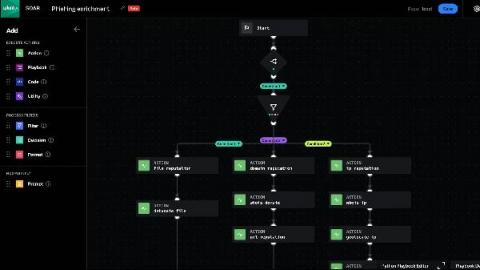The Next Disruptive ICS Attacker: An Advanced Persistent Threat (APT)?
No discussion on ICS attacks could be complete without talking about what some would call, ‘the elephant in the room.’ Critical infrastructure has always been a target for warfare, and modern ICS are no exception. Several high-profile ICS disruptions have in fact been attributed to malicious hackers working at the behest of a military or intelligence agency.










